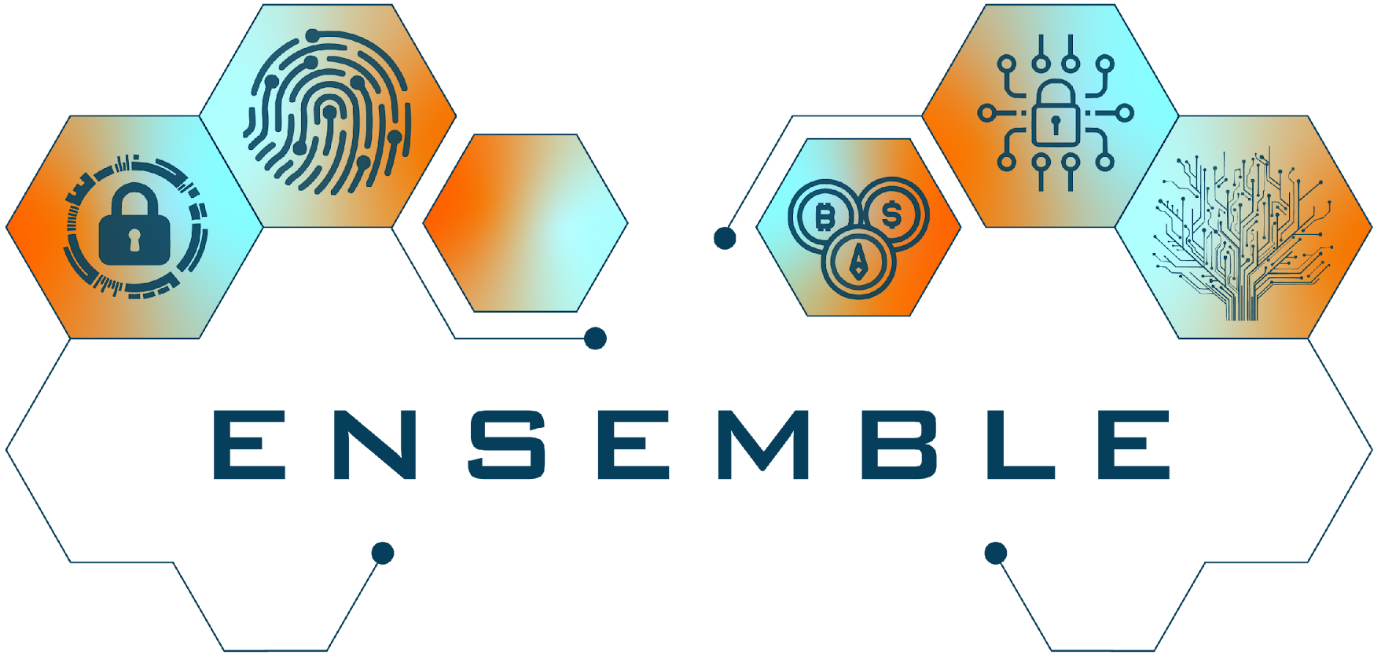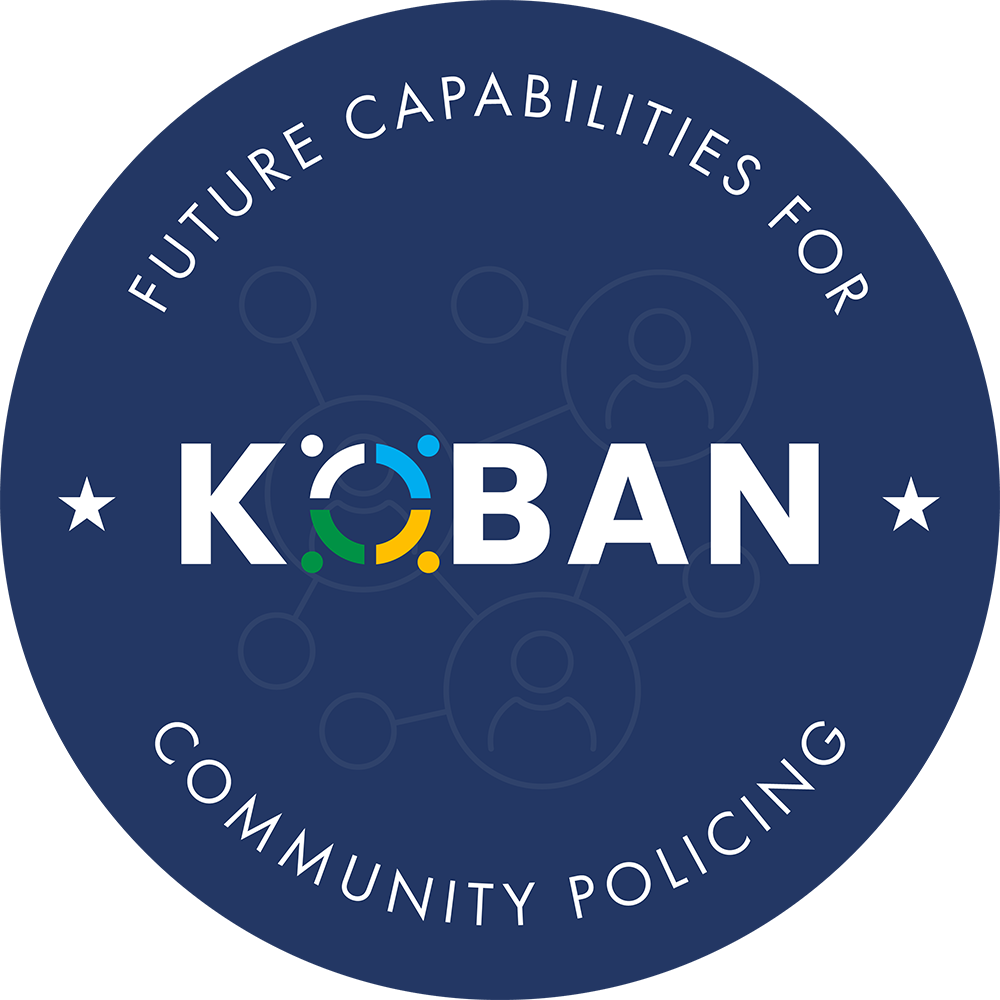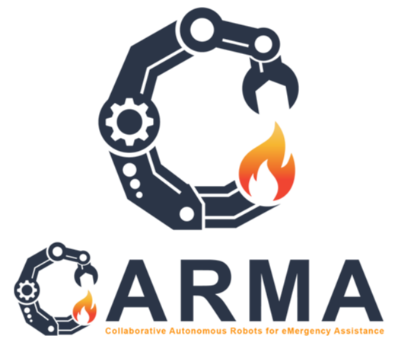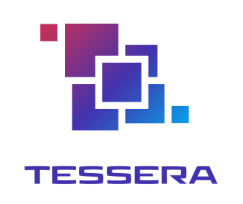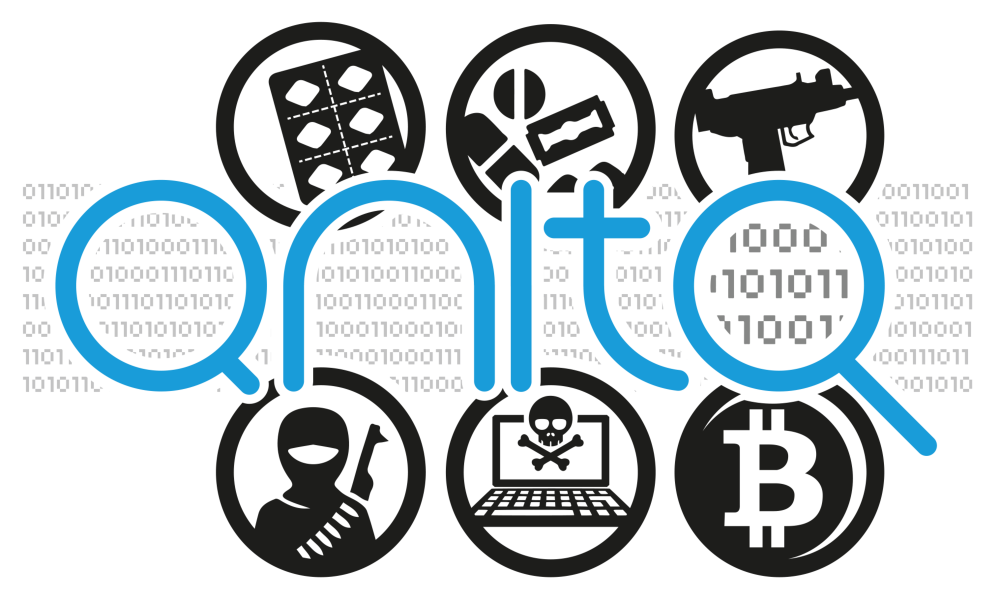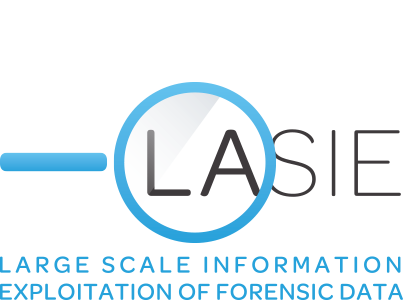FOREnsic evidence gathering autonomous seNSOR
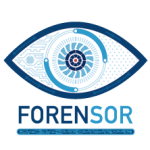
FORENSOR
Law enforcement Agencies (LEAs) are even today using conventional, man-power based techniques such as interviews and searches to gather forensic evidence. As sophistication of both criminals and their crimes are increasing, investigators must improve the means available for gathering a body of compelling evidence of a suspect's involvement in a crime. Concealed surveillance devices have been instrumental in this direction, providing irrefutable evidence that can play an important part in bringing criminals to justice. However, current video surveillance systems are usually bulky and complicated, and rely on complex, expensive infrastructure to supply power, bandwidth and illumination.
Over 36 months, FORENSOR -FOREnsic evidence gathering autonomous seNSOR- will develop and validate a novel, ultra-low-power, miniaturised, low-cost, wireless, autonomous sensor (“FORENSOR”) for evidence gathering, able to operate for up to two months without infrastructure. FORENSOR will be manageable remotely, will preserve the availability and the integrity of the evidence collected, and comply with all legal and ethical standards, in particular those related to privacy and personal data protection. Secure and intelligent communications let such sensors join their forces towards robust evidence management and real time monitoring and control operations. The combination of built-in intelligence with ultra-low power consumption will make this device a true breakthrough for combating crime.
FORENSOR will combine:
- a) Built-in intelligence to allow acquisition of suspected criminal activity only.
- b) Ultra-low power operation enabling operation for several weeks, even in infrastructure-less environments.
- c) Operational adaptivity allowing the sensor to adjust to different operational requirements and use cases. The FORENSOR will work in both remote, low-activity environments, working for months on a single battery w/wo power harvesting, and in crowded environments where the sensor will be able to operate autonomously for several weeks.
- d) Remote management for receiving crime alerts, monitoring the sensor’s operational status, managing the operating profiles and the recorded data.
- e) Small form factor for easy deployment and concealment in environments.
- f) Data integrity to ensure that the chain custody remains intact and the integrity of the evidence will be kept until the data is presented in a court of law.
- g) Robustness to ensure the availability and the integrity of the evidence recorded.
- h) Secure communications for smooth collaboration among sensors, reliable evidence management and real time operation between the sensors and the monitoring station.
- i) Low costt o make viable the deployment of swarms of sensors.

